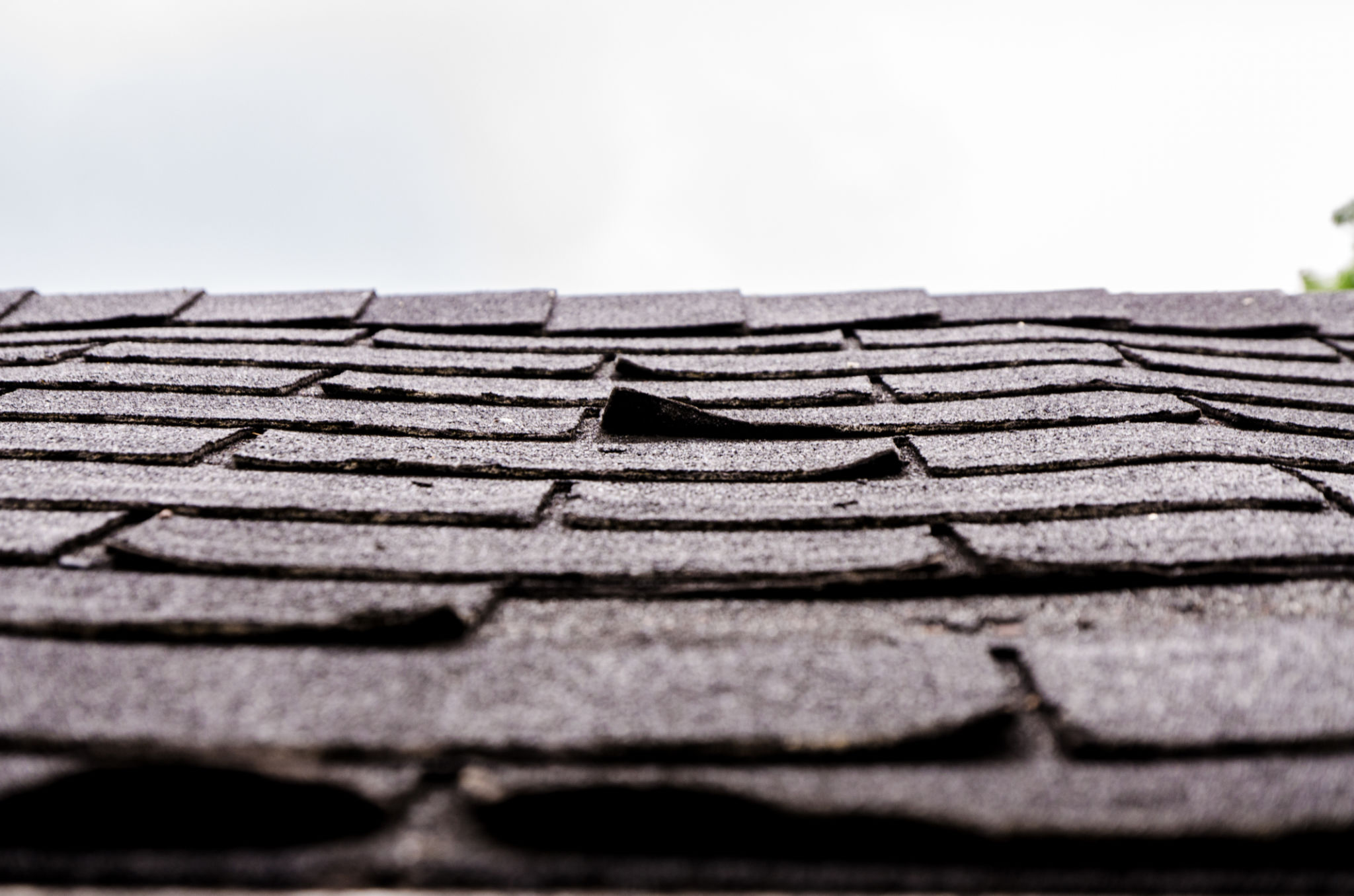DIY Roof Inspection: How to Spot Common Roofing Issues Before They Become Major Problems
Maintaining the integrity of your roof is essential for your home’s protection and longevity. While hiring a professional for roof inspections is always a good idea, conducting a DIY inspection can help you identify potential issues early. By spotting problems before they escalate, you can save yourself time, money, and stress. Here's a guide on how to perform a DIY roof inspection to spot common roofing issues.
Safety First: Preparing for Your Inspection
Before starting any roof inspection, prioritize safety. Make sure you have the right equipment, including a sturdy ladder, slip-resistant shoes, and safety goggles. If you’re not comfortable with heights or if the roof is too steep, it’s best to call in a professional.
Ensure someone knows you’re inspecting the roof or have someone assist you. This way, you’ll have immediate help if needed. A pair of binoculars can also be handy for inspecting hard-to-reach areas from the ground.

Checking the Roof's Exterior
Shingles and Tiles
Your first task is to look for damaged or missing shingles or tiles. Cracked, curled, or broken shingles can allow water to seep into your home. Also, check for excessive granule loss, as this can indicate that the shingles are nearing the end of their lifespan.
Pay attention to any dark spots or streaks on the shingles. These can be signs of algae growth or water damage. Addressing these issues promptly can prevent more serious damage.

Flashing and Seals
Inspect the flashing around chimneys, vents, and skylights. Flashing is crucial as it prevents water from entering at joints. Look for signs of rust, cracks, or loose fittings. Sealing issues are common causes of leaks, so ensure all seals are intact.
Interior Inspection: Signs of Trouble Inside
After examining the exterior, head into your attic or upper rooms. Look for signs of water damage on the ceilings and walls, such as stains or mold growth. Watermarks can indicate that your roof's underlayment is failing.

Ventilation and Insulation
Proper ventilation and insulation are vital to prevent moisture buildup in your attic. Check for any blockages in vents and ensure insulation is dry and spread evenly. Poor ventilation can lead to increased energy costs and moisture problems.
The Importance of Regular Maintenance
Regularly inspecting your roof and performing basic maintenance tasks like cleaning gutters can significantly extend its lifespan. Removing debris and ensuring proper drainage will prevent water from pooling on the roof, which can lead to leaks and structural damage.

If you spot any issues during your DIY inspection that you're unsure about or unable to fix, don’t hesitate to contact a professional roofer. They can provide a more detailed inspection and address any problems you may have missed.
By routinely checking your roof and addressing minor issues as they arise, you can avoid costly repairs and maintain the safety and comfort of your home. A little effort today can prevent significant headaches tomorrow.
